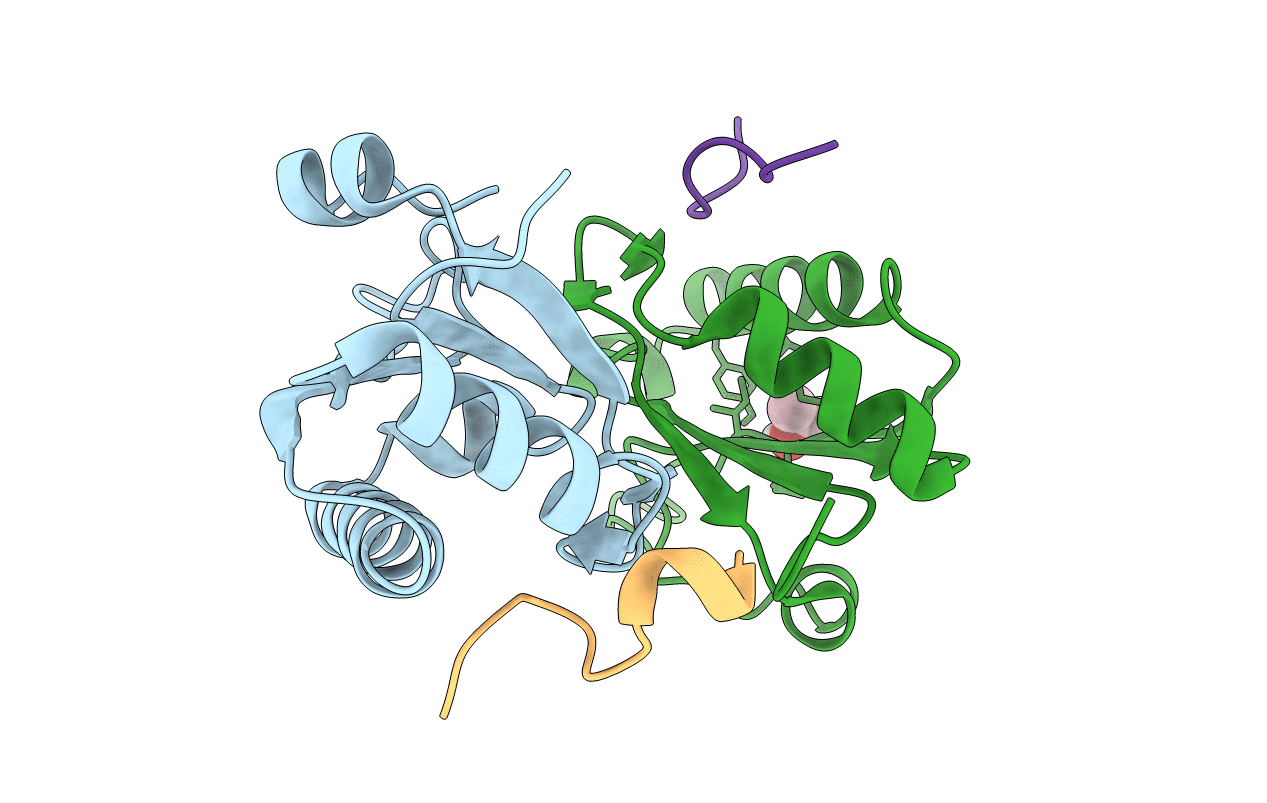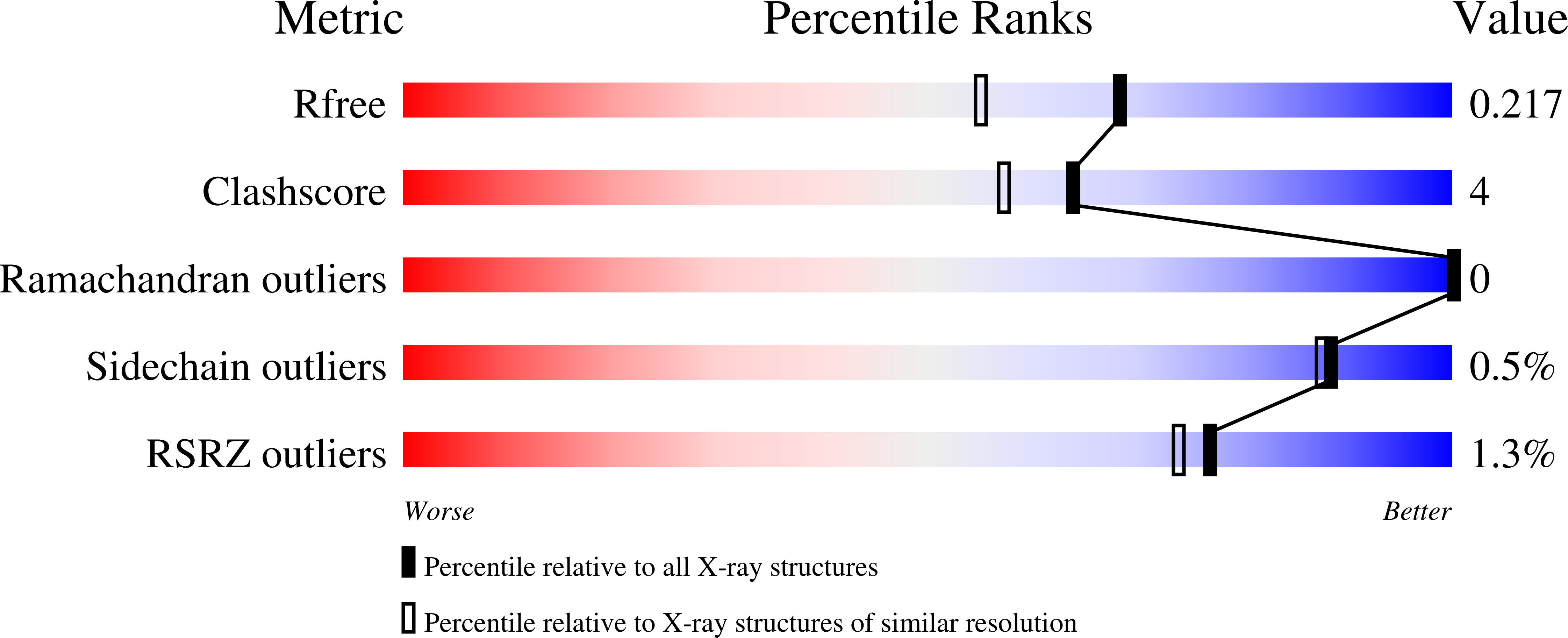
Deposition Date
2021-10-27
Release Date
2022-07-27
Last Version Date
2023-10-18
Method Details:
Experimental Method:
Resolution:
1.80 Å
R-Value Free:
0.21
R-Value Work:
0.17
R-Value Observed:
0.18
Space Group:
C 1 2 1


